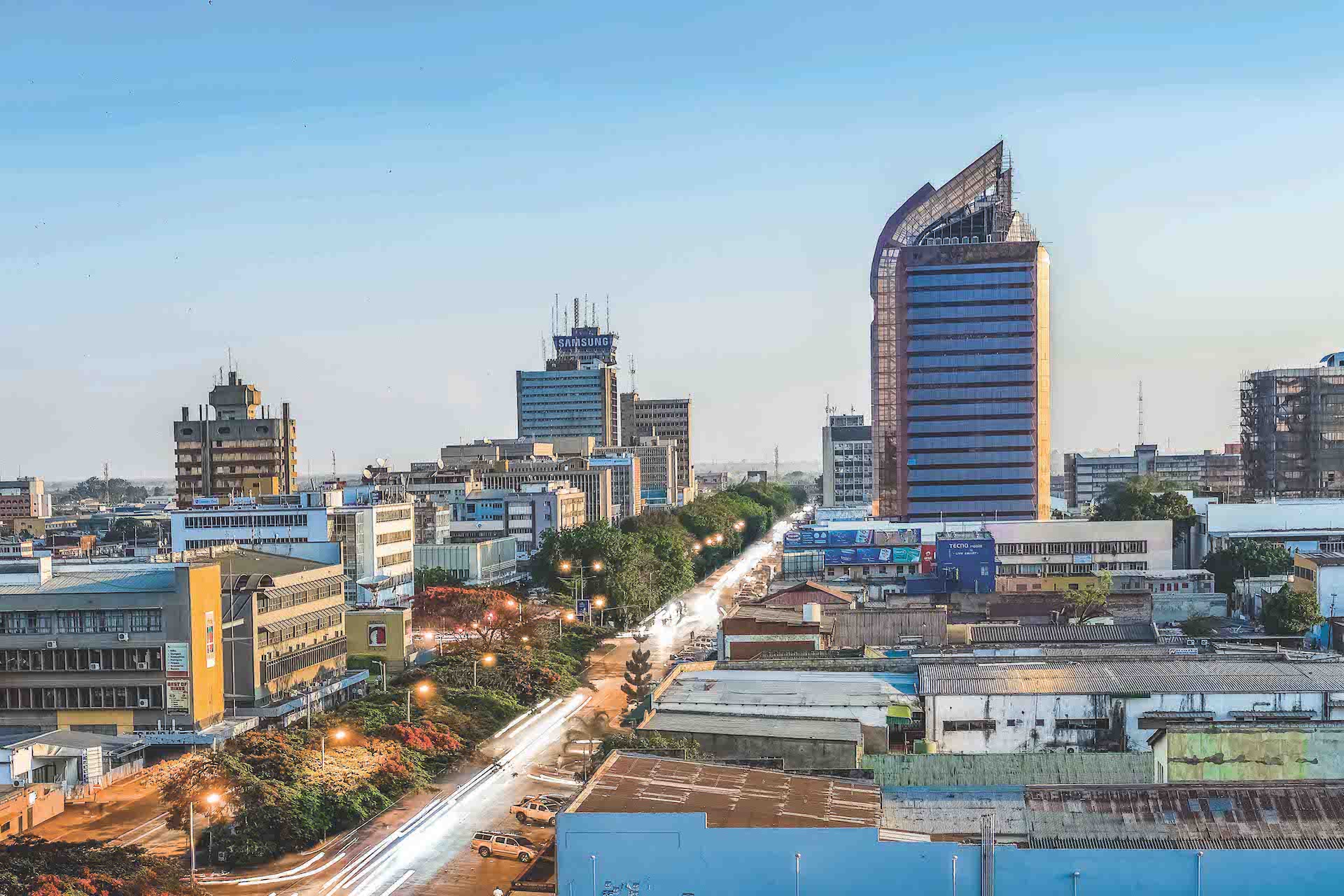Earlier this year, on 21 February 2019 the Lusaka Stock Exchange (LuSE) marked its 25th anniversary. However, this key milestone in the economic history of Zambia went largely unnoticed and unheralded.
Upon independence, a newly minted Zambia had to quickly mobilise money to develop its economy. It soon dawned on the technocrats and leaders of the new nation that development and growth of the productive sectors of the economy requires a different kind of money – a type that is long term, offers returns and rewards commensurate with risk taken and stimulates entrepreneurship and private sector initiative ( risk capital ) – and is patient ( equity finance ). Such development finance or capital was not readily available in 1964.
It is no surprise therefore that within five years of independence, the Stock Exchange Act of 1970 was passed. However, LuSE only began operations in 1994.

In the early 1990s the winds of economic reform swept across Africa bringing with them economic liberalisation, whose main thrust was privatisation. In 1980 there were only 7 stock exchanges across Africa. By 1995 this had doubled – and today there are 29 stock exchanges across Africa. And with the formation of the LuSE in 1994, Zambia was clearly swimming with the tide.
OPERATIONALISATION OF THE LuSE
There is no doubt that the formation of the LuSE and its operationalisation 25 years ago is inextricably linked to major economic reforms and the liberalisation drive undertaken by the Government of the Republic of Zambia (GRZ), following the return to multi-party democracy in 1991.
A key policy objective of the GRZ privatisation programme in the 90s was that, apart from supporting the emergence of a dynamic and private sector driven economy, it should also entail the economic empowerment of Zambian citizens in a fair and transparent manner across the country.
The operationalisation of the LuSE in February 1994 was a direct response to the need to conduct initial public offers (IPOs) of shares warehoused under the Zambia Privatisation Trust Fund (which falls under the Privatisation Act of 1992) and list the respective companies on the stock exchange so that Zambian citizens and foreign investors could invest in the Zambian economy for mutual benefit.
To formalise the operation of the stock market, the Securities Act was enacted in 1993. Thereafter, two firms, Stockbrokers Zambia (then called Cavmont Securities) and Meridien Securities founded the LuSE as initial shareholders and founding brokers.
ACHIEVEMENTS AND KEY MILESTONES OVER THE PAST 25 YEARS
In the past 25 years the LuSE has achieved and recorded several important milestones. This includes the economic empowerment of citizens and attracting a portfolio of foreign investors.
The first initial public offer of shares in Zambia was by Chilanga Cement Plc (now Lafarge Cement Zambia) in 1995, leading to its distinction as the first company to list on the newly formed LuSE. From that single event, Zambians, from all walks of life could, for the first time own shares in a public local company – and have the opportunity to receive dividends as distribution of the profits, as well as the ability to cash in their shares and unlock value by engaging a stockbroker – and selling their shares on the LuSE . This is the very essence of a private sector driven economy where individuals can make their own economic choices and preferences on the use of their savings and appetite for risk taking.
Therefore, the LuSE has played a pivotal role in the realisation of the GRZ policy objective of economic empowerment of the Zambian citizenry in a fair and transparent manner through broad and wide share ownership via participation in the privatisation of state-owned enterprises in the period between 1995 and 2008.
The LuSE today has 22 listed companies of which 55 % are listed as a direct result of the privatisation programme undertaken by GRZ.
A second milestone was the development of the bond market through the listing of GRZ bonds on the LuSE in 1998.
A third milestone is when Real Estate Investments Zambia Plc (then known as Farmers House Plc) undertook the first capital raise on the LuSE in 2000 via a pioneering US$1 million corporate bond issue. The proceeds from this bond upgraded Central Park, on Cairo Road, and set the scene and stage for the modern new buildings changing the landscape of Lusaka today. This case demonstrated the fundamental role of a stock exchange in the economy and how it can contribute to business growth.
Since then capital raising via debt issuance has been relatively active and successful on the LuSE.
EVOLUTION AND CHALLENGES FOR THE LuSE
Going forward, three critical challenges stand out. The first is achieving the right balance of regulation to promote market growth and unlock the spirit of private sector enterprise. The last IPO and listing on the LuSE was in 2013. When markets are overly regulated this results in stifling of innovation and growth.
Another challenge for the LuSE and the Zambian capital market is unlocking and formalising regular and structured institutional investment. All successful markets – and by extension, successful economies, are fundamentally underpinned by institutional investment.
Thirdly, there is need to position the LuSE as a sustainable business and symbol of private sector initiative and success that is not dependent on government support for its existence and operation.
THE NEXT 25 YEARS
Looking ahead, the LuSE aims to grow and increase its market capitalisation to GDP ratio to at least 50 percent over the next five years – so that it carries sufficient weight in the overall economy of Zambia.
The capital market is one tool that has not been exploited to support increased economic activity and to push for higher GDP growth rates so that Zambia can break into the ranks of the middle income economies and create more jobs and wealth for its citizens. This is something that must change as the LuSE enters a new phase.
It is worth noting that the successful emerging markets that have recorded high GDP growth rates have at the same time actively utilised and deepened their capital markets to attain the required critical mass and growth.
Companies listed on the LuSE include
- Airtel Zambia
- Copperbelt Energy Corporation Plc
- First Quantum Minerals Zambia
- Investrust Bank
- Madison Financial Services
- Shoprite Holdings
- Zambeef Products Plc
- Zambia National Commercial Bank
- Zambia Sugar
- ZCCM Investment Holdings
Box: As of 2019, the Lusaka Stock Exchange (LuSE) has been in existence for 25 years. LuSE’s story is an integral part of Zambia’s economic history and its future.








